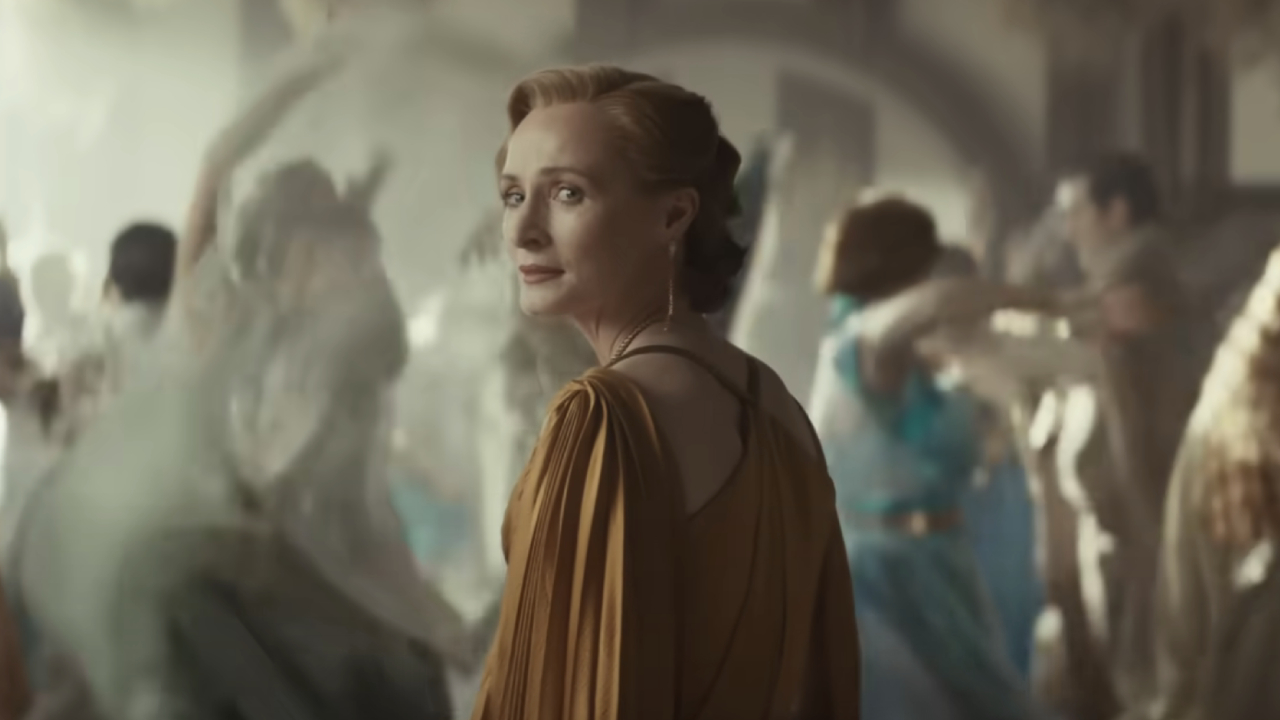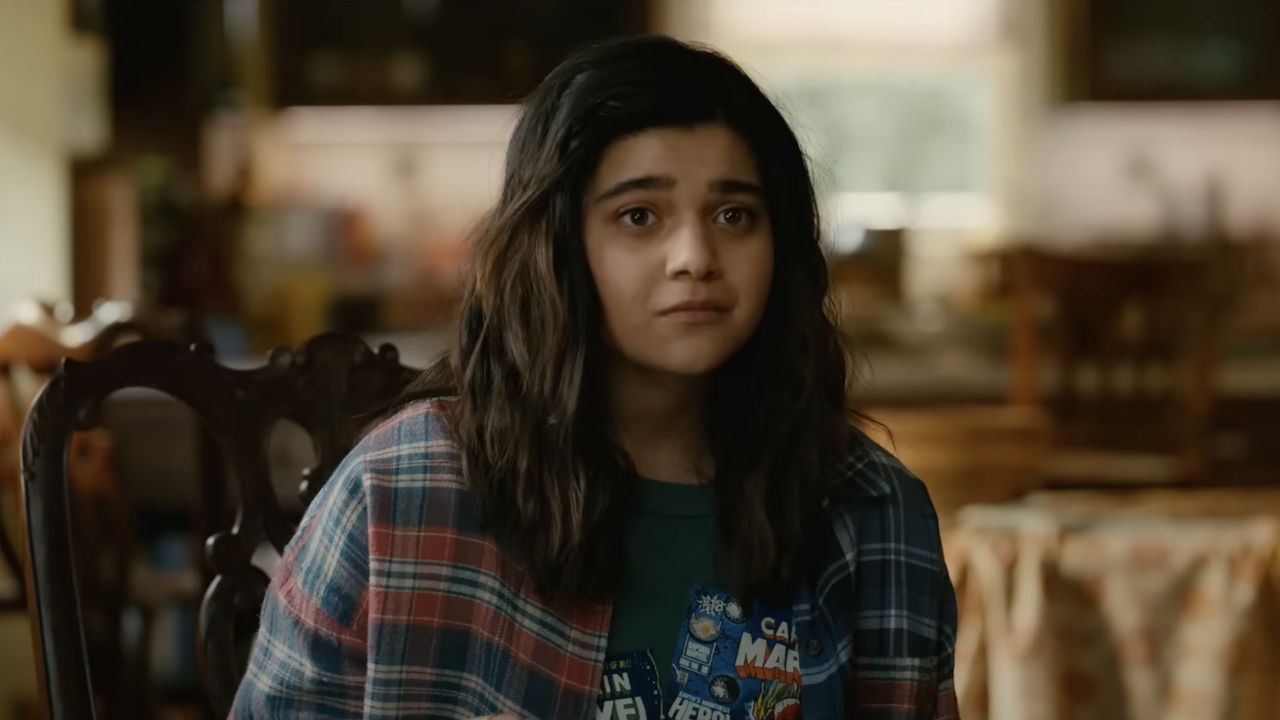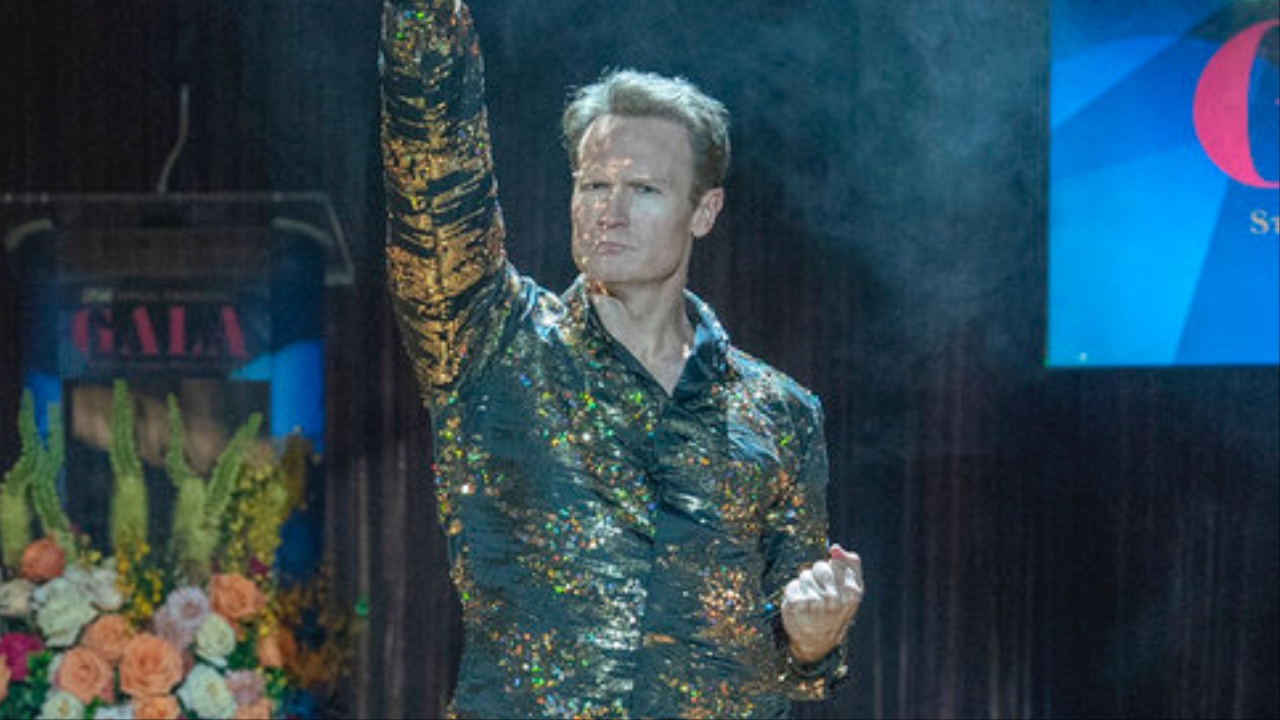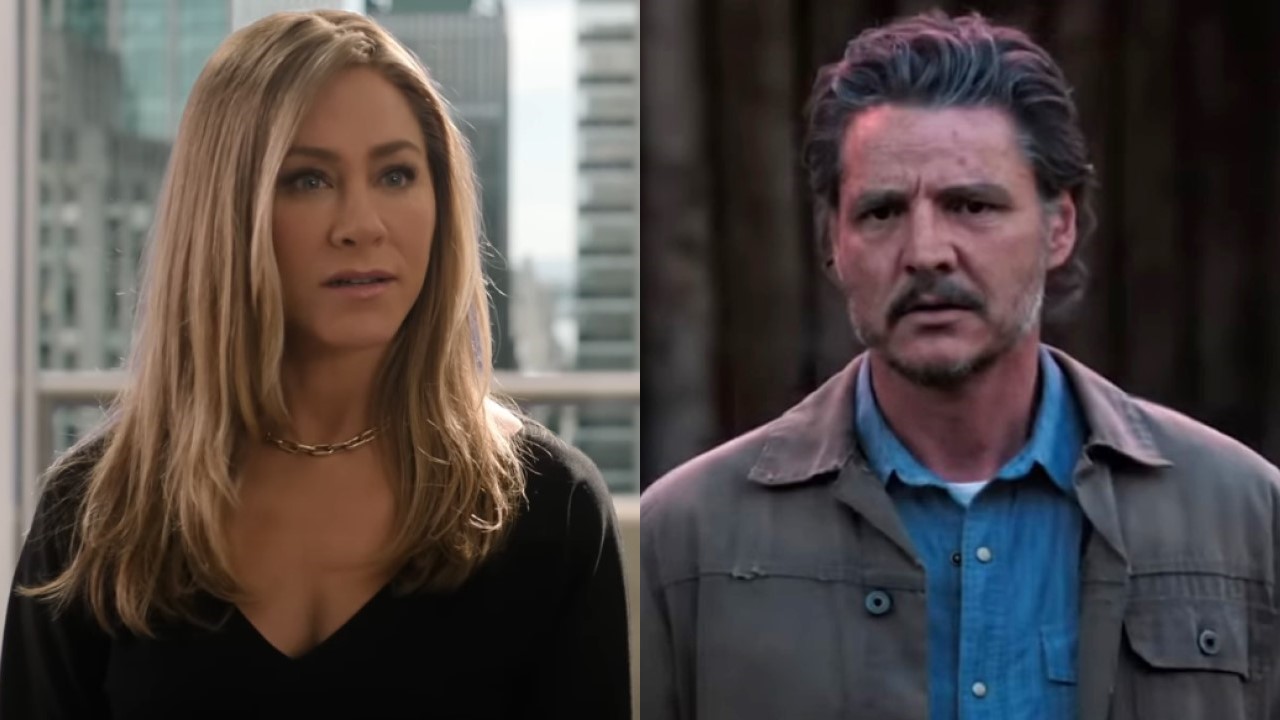To 3D Or Not To 3D: Buy The Right Megamind Ticket
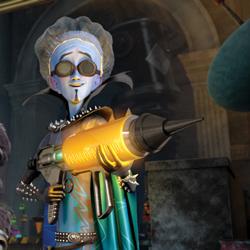
Next summer, movie going audiences will be hit with three superhero movies in 3D: Thor, Green Lantern and Captain America: The First Avenger. Though the films will be going through the dreaded post-conversion process, they will be a test if a) more time can truly improve the non-3D 3D movies and b) if superheroes are just as cool in the third dimension. Here to help with letter b is Dreamworks’ Megamind.
Just like every other animated film this year from Toy Story 3 to Alpha & Omega, the new film will give audiences he choice as to whether they want to watch the movie in standard 2D or spend an extra $4 on a potentially more interesting extra dimension. Fortunately for you, we can help make it less of a gamble. Read on below to find out if you should be spending that extra dough.
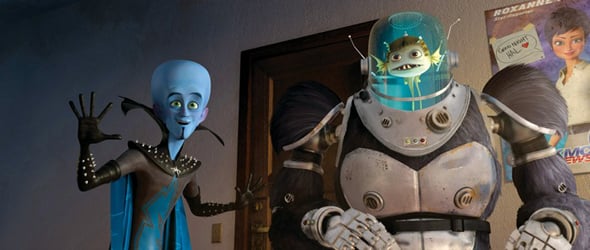
Does It Fit?
There’s a reason why you’ll never see a movie like Glengarry Glen Ross in 3D. The long and short of it is that the extra dimension isn’t useful in movies with little camera movement and a lot of dialogue-heavy scenes. But Megamind isn’t set in a real estate office where Alec Baldwin is tossing around his brass balls. It’s set in Metro City where superheroes and supervillains engage in airborne battle while flying around and through skyscrapers. The movie also has a leg-up on its 3D competition from the simple fact that it’s animated. Because every frame is built from the ground up, the people behind the film had the opportunity to make every part of the film custom built to be seen through a pair of Real-D specs. Because of the film’s content and the medium, Megamind is most certainly suited for 3D.
3D Fit Score: 5/5

Advance Planning And Effort
Making a 3D movie actually requires work on the part of the filmmakers. Movies like Alice in Wonderland, Clash of the Titans and The Last Airbender looked terrible in 3D because it was done haphazardly and at the last minute in order to make a quick cash grab. On the other hand, projects that are conceptualized with the technology in mind tend to benefit from the dedicated time. Megamind falls into the latter category. While sitting down for an interview with director Tom McGrath, he assured me that the movie was planned in 3D from its inception and was always on the mind of the animators while developing the film. “We designed the sets to be 3D, worked really hard on the camera choreography to be more dimensional, keeping the camera alive, having the characters re-block themselves,” McGrath said. “Other than having things way out of the camera at you, you think ‘How can the slower scenes benefit from 3D as much as the action sequences?’” Say what you will about the other aspects of the film, McGrath and Dreamworks did their best to bring you quality 3D.
Planning And Effort Score: 5/5
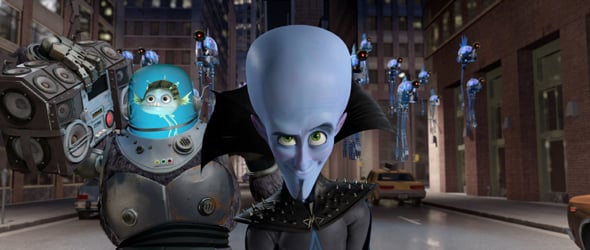
Beyond The Window
CINEMABLEND NEWSLETTER
Your Daily Blend of Entertainment News
If you haven’t figured it out by this point, you’re either not understanding what this article is all about or are just adding up the numbers to get the film’s final score – where Megamind succeeds is in the depth department. While there aren’t a great deal of times where a is laser pointed and shot at your face (this is a kid’s movie after all), it makes up for it by turning the silver screen into a window overlooking Metro City. Scenes where characters are falling – and there are plenty of them – look fantastic and the surroundings are well done to the point that you feel as though you could take a stroll down the street. But while the cityscapes and open spaces look great, the quality drops once the scene moves in doors. Scenes in Megamind’s lair or out with Roxanne Ritchi at a restaurant for dinner are significantly flatter than those out in the open air. Nobody’s perfect, right?
Beyond The Window Score: 4/5
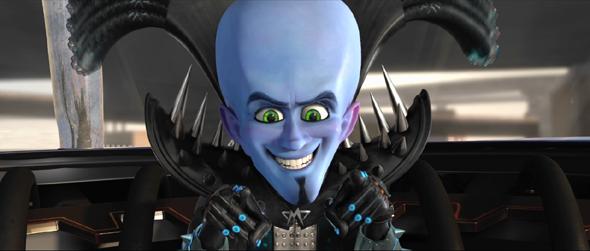
Before The Window
Moving beyond depth, 3D also has the ability to bring things from the film closer to the audience, which Megamind succeeds in doing, albeit not quite as well. There are some instances in the film where characters and items extend towards the crowd, but they’re mostly in the first half. A celebration scene at the start of the film makes confetti look as though it’s floating into the screen and there is a fun little gimmick where the female lead voiced by Tina Fey blows a spider in our general direction (as a person afflicted with serious arachnophobia, I didn’t appreciate this nearly as much as some people). While the film certainly does use the aspect of 3D, it doesn’t use it enough.
Before The Window Score: 3/5

Brightness
While the plastic wrapper that your 3D glasses come in warns you that the lenses won’t protect you from UV light, when you put them on you are essentially wearing sunglasses in a dark theater. As a result, if the movie you are watching doesn’t compensate, you are stuck spending two hours of murky darkness. This typically is an affliction of movies that didn’t spend the appropriate amount of time preparing for 3D, but, as mentioned above, that’s not a problem facing Megamind. Thanks to the extensive planning, the movie doesn’t fall victim to the required eyewear and is actually quite vivid, as Dreamworks animated movies are wont to be. While the movie may have its issues in other areas, brightness isn’t one of them.
Brightness Score: 5/5
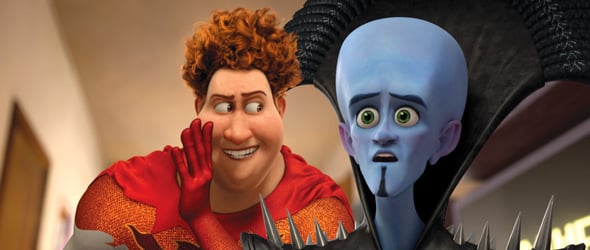
Audience Health
Out of all the categories on this list, this is probably the hardest to gauge as it can vary from person to person and depend on your location in the theater. Personally, though I also happen to wear prescription lenses I rarely experience the headaches that many people get watching 3D movies. While in the theater for Megamind, at no point did I have any headaches or discomfort outside of the fact that I was wearing two pairs of glasses on my face. It’s somewhat subjective, but Megamind wasn’t a painful experience so I’ll have to give it a five.
Health Score 5/5

The Glasses Off Test
The way films in 3D are made is using what is called the stereoscopic effect. What this means is that while your right eye is focusing on one image, your left eye is focusing on a second that is slightly off kilter from the first. When the two images are seen though a pair of 3D glasses, your wonderful brain then combines the two images and creates the wonderful illusion of depth. Without the glasses, however, the two images remain separate and make the picture look blurry. The rule is that the more blurry the picture, the better use of 3D. Over the course of watching Megamind, I would occasionally lift my glasses to see just how much 3D director Tom McGrath was using. During action sequences such as fights with Metro Man and Tighten, the picture was extremely blurry and unwatchable. I wish I could say the same for the down scenes. While McGrath may have tried to find inventive ways to bring 3D to the dialogue-heavy parts of the film, the images were largely clear and almost 2D. The good news is that it’s not for those scenes that 3D exists. The bad news is that you aren’t necessarily getting the bang for your buck.
Glasses Off Score: 3/5
| SCORES RECAP | |
| 3D Fit | 5 |
| Planning and Effort | 5 |
| Beyond The Window | 4 |
| Before The Window | 3 |
| Brightness | 5 |
| Audience Health | 5 |
| The Glasses Off Test | 3 |
| Total Score | 30 (out of a possible 35) |
Final Verdict: With a solid score of 30 out of 35, it’s the opinion of this website that Megamind’s 3D isn’t perfect, but still likely worth the extra four dollars for the experience. Unlike many films that use 3D as a way to inflate ticket prices, there was a legitimate effort here to make an effective extra-dimension film and it’s worth your attention. Is it as well done as Legend of the Guardians or Resident Evil: Afterlife? Not quite. But it’s certainly not The Last Airbender either.
For more 3D analysis, visit our To 3D Or Not To 3D archive right here.

Eric Eisenberg is the Assistant Managing Editor at CinemaBlend. After graduating Boston University and earning a bachelor’s degree in journalism, he took a part-time job as a staff writer for CinemaBlend, and after six months was offered the opportunity to move to Los Angeles and take on a newly created West Coast Editor position. Over a decade later, he's continuing to advance his interests and expertise. In addition to conducting filmmaker interviews and contributing to the news and feature content of the site, Eric also oversees the Movie Reviews section, writes the the weekend box office report (published Sundays), and is the site's resident Stephen King expert. He has two King-related columns.
